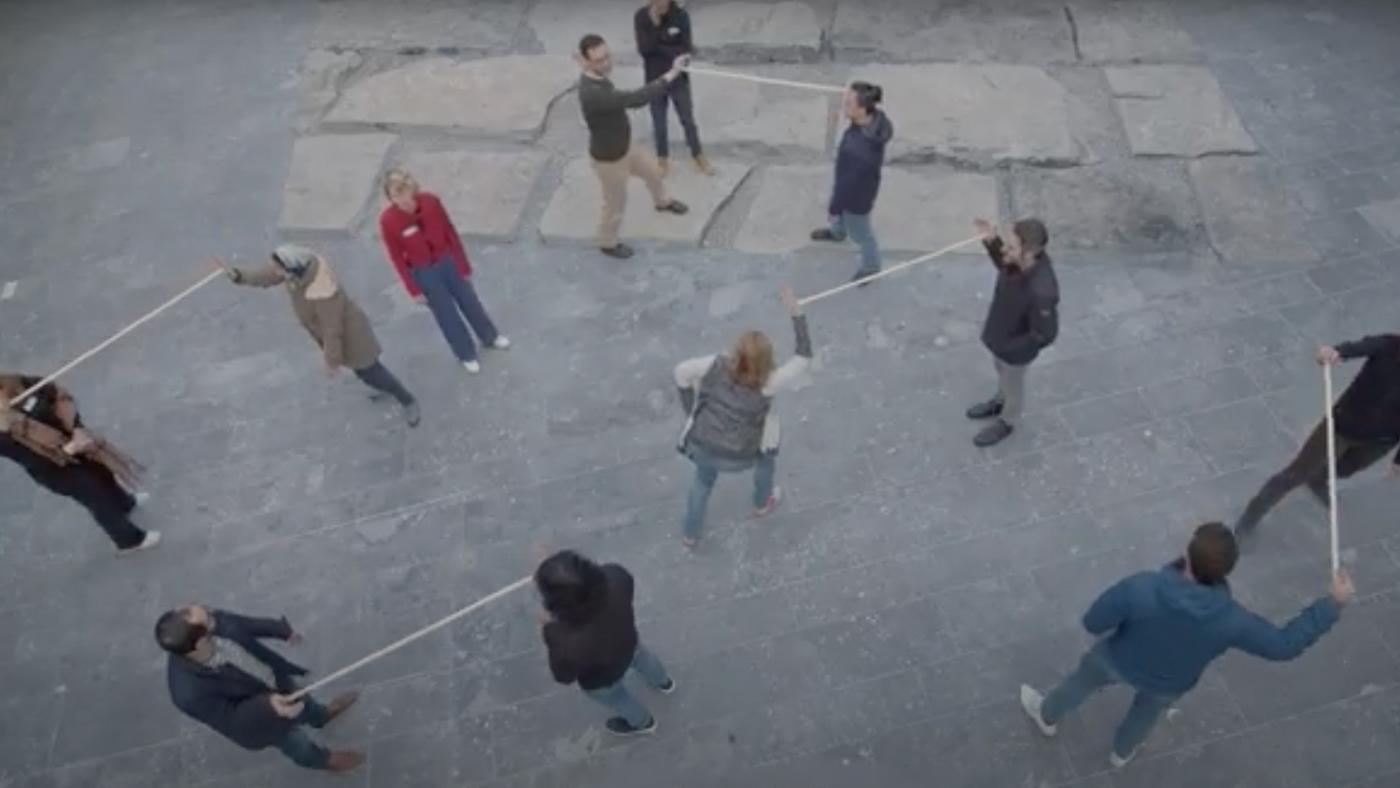Cuco helps scientists get out of their own bubble
Interdisciplinary research is difficult to realise, but sorely needed
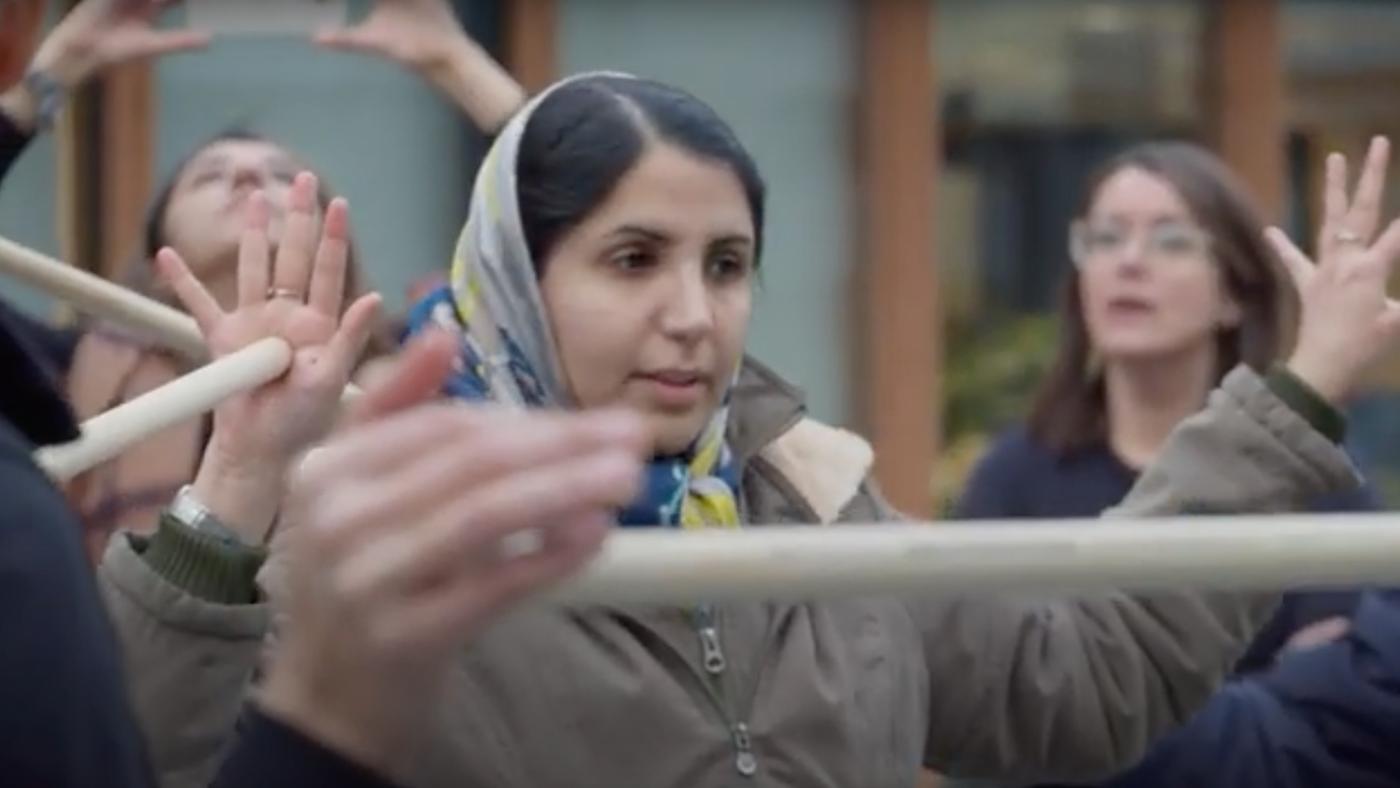
“Am I contributing to solving the problems when I'm going that deep?” wonders the scientist Amir Raoof at the start of Cuco’s documentary 1 + 1 = 3. His research topics became increasingly specialised and small-scale the longer his career progressed. The geologist is now trying to broaden his horizons and achieve something new by collaborating with other disciplines.
Similarities
The documentary makers spent a year following the scientists in Raoof’s research group, Structures of Strength. The group comprises researchers from various disciplines, such as Geosciences and Humanities, who have something in common: they all study porosity in materials such as rocks, paintings, and human tissue.
In February, ten researchers and employees of Utrecht University watched the documentary in Cuco’s room at Utrecht Science Park.
Cuco stands for Centre for Unusual Collaboration. The organisation was founded to support scientists involved with unusual interdisciplinary and transdisciplinary collaborations. Cuco is part of the EWUU alliance, in which Utrecht University, Wageningen University, Eindhoven University of Technology and UMC Utrecht work together on several overarching themes.
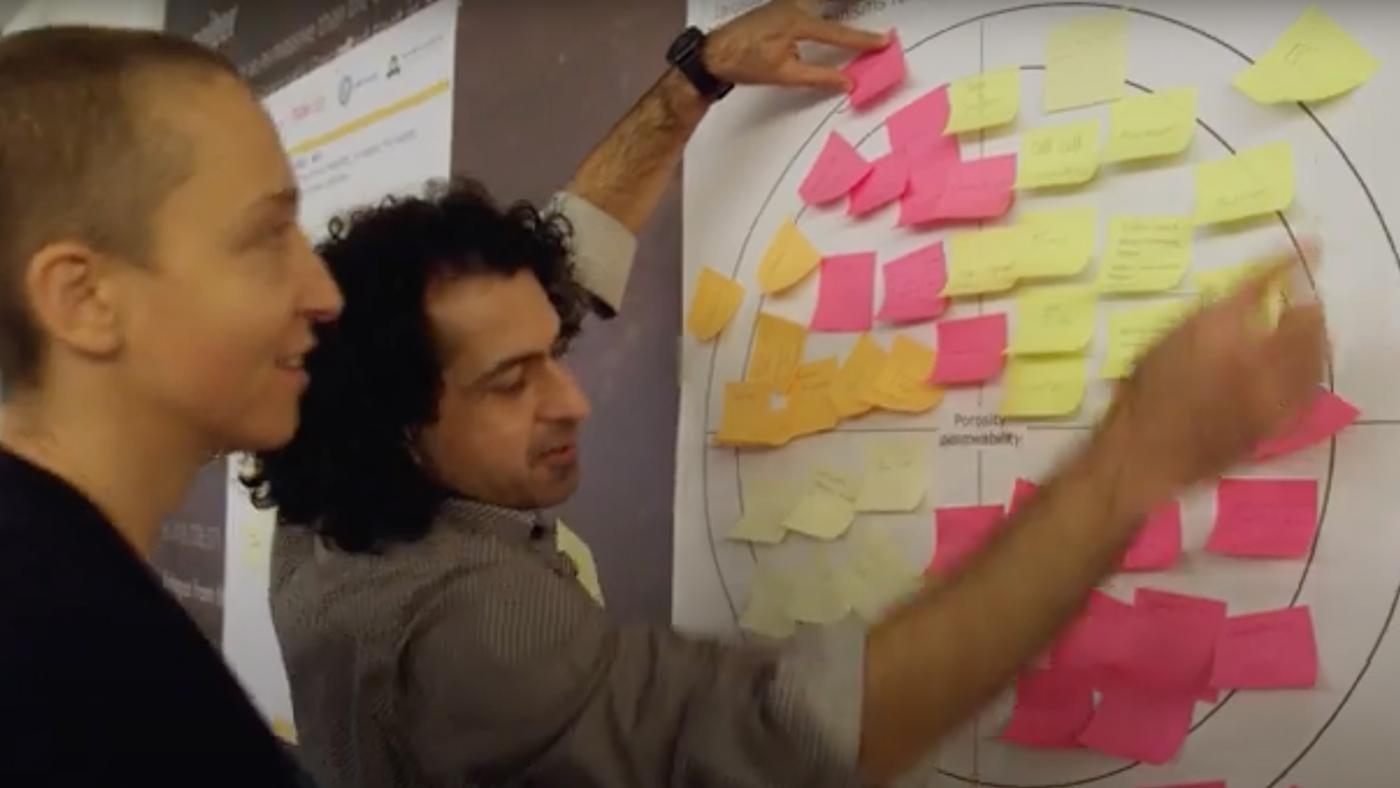
Bubbles
In the documentary, senior lecturer Meghann Ormond, from Wageningen University, explains that, throughout the past century, science and knowledge have been established as separate disciplines and specialisations. As a result, scientists ended up in bubbles and contemporary science struggles to attend to the biggest problems of our time. After all, today's issues go beyond the disciplines' borders.
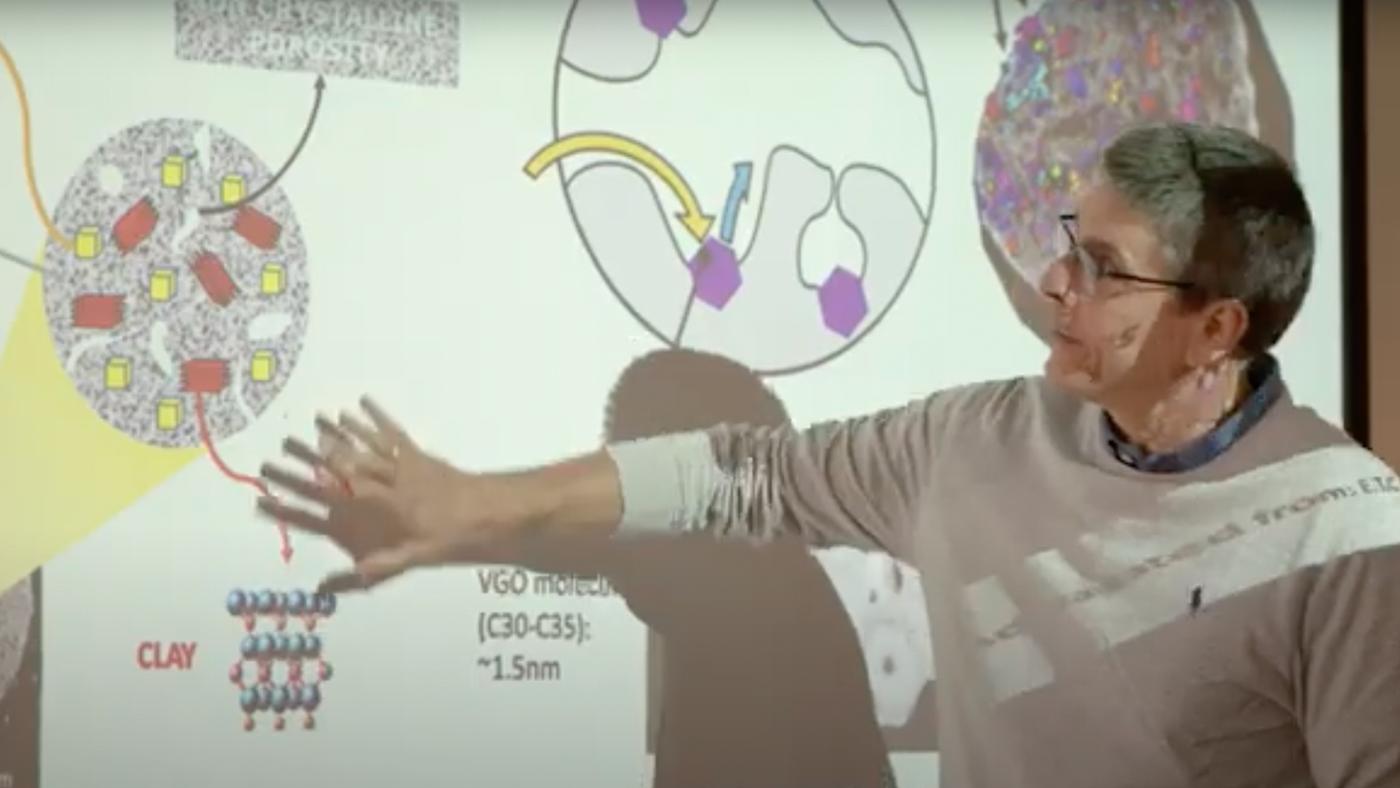
Habits
The scientists in the documentary underscore the importance of interdisciplinary research but note that it is difficult to realise in practice. Each scientific discipline has its own culture, language, and methodology, so researchers from different fields have trouble understanding each other. Jargon can have different meanings depending on the research area, for example. In addition, researchers are often unaware of the customs and habits of their disciplines – something that needs to change, as evidenced by the documentary.
For starters, Geoscientists and Humanities researchers must become aware of their methods: why do they research the way they do? Only then can the collaboration start. Another thing to consider, according to Cuco’s director Corinne Lamain, is that the current scientific system, based on individual research financing and publications, doesn’t fit with interdisciplinary research methods. Therefore, the entire scientific system has to change.
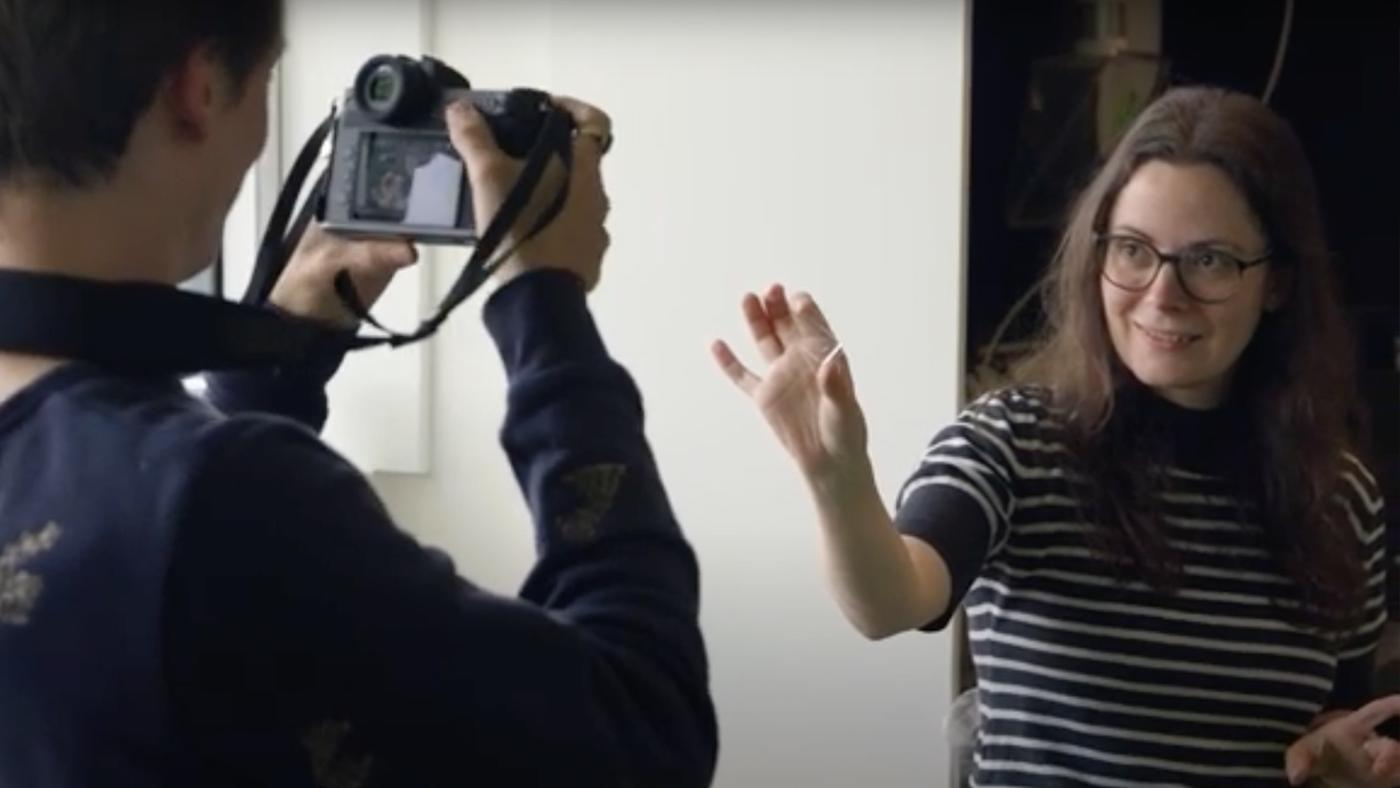
Dialogue
After watching 1+1=3, the audience, which included scientists and policymakers, engaged in a conversation about the topics covered by the film. “Who can relate to the barriers depicted in the documentary?” Lamain asks the audience.
Many people could. Barriers can arise not just when collaborating with a starkly different discipline. As one researcher points out, collaborating can be challenging even for seemingly related disciplines, so much so they are under the same faculty. Methodological differences can be considerable even in this case.
Rough start
According to the audience, interdisciplinary research is not sufficiently recognised and rewarded. Some professors attribute more value to published articles than to participation in interdisciplinary research projects. Young scientists then follow that example.
Starting an interdisciplinary research project can be difficult, another audience member notes. It can be hard to define what the next step is. Once ideas for interdisciplinary research have been gathered, what’s next?
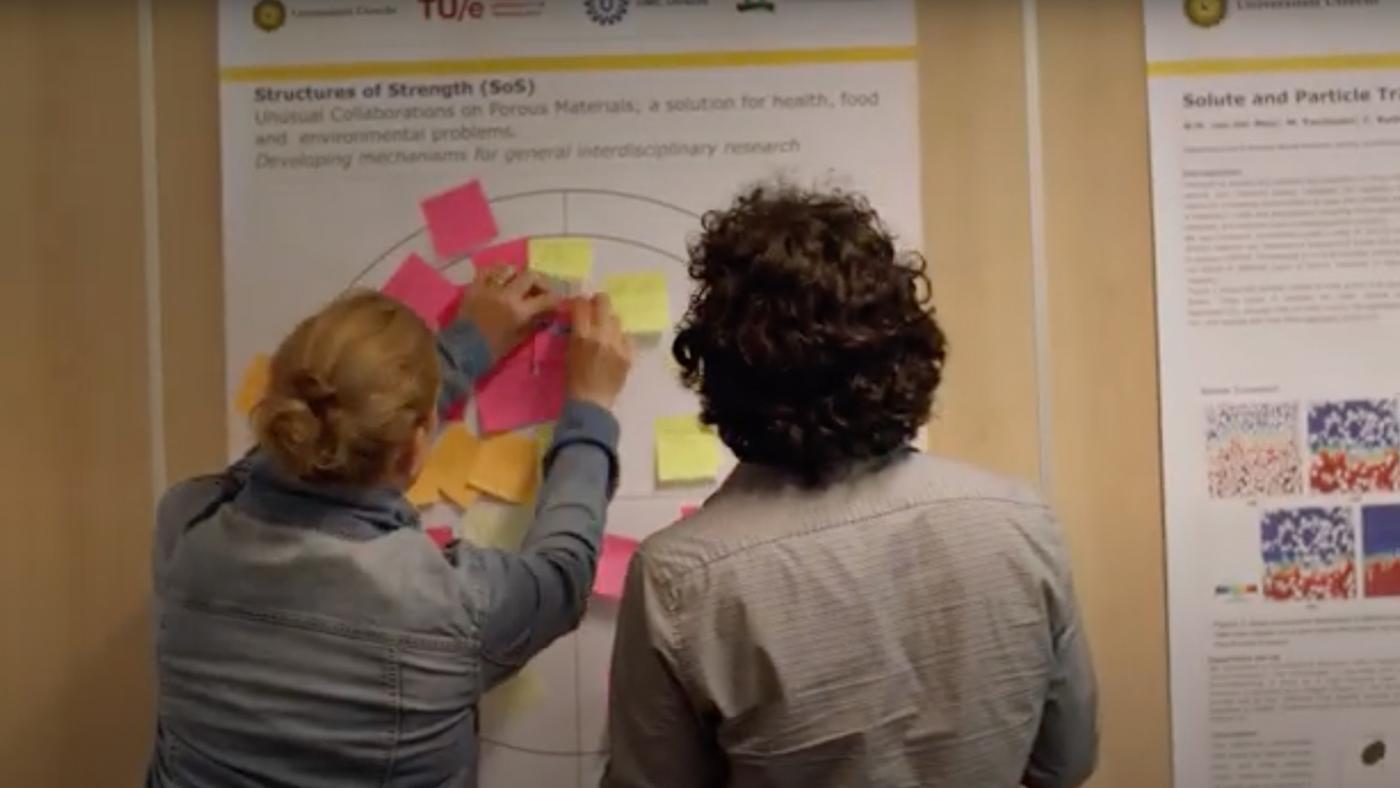
Other skills
Cuco offers support and courses to scientists to help them get interdisciplinary research projects off the ground. In one of Cuco’s workshops, researchers from several disciplines are put in the same room and encouraged to come up with an interdisciplinary research project, without any preconceived research question.
This type of research requires different skills, such as listening attentively. In the workshop, researchers are encouraged to look for similarities between disciplines and research methods, creating a shared language. This means that Cuco does not focus on generating research output. Instead, the goal is to teach scientists how to do interdisciplinary research.
“The point is to let researchers open up to diverse perspectives,” says event manager Helma van Luttikhuizen after the meeting ends. “Throughout that process, they become more aware of their discipline: how they research and see the world. When researchers explore disciplines together, completely different ideas can arise.”
Luttikhuizen: “The idea is that they broaden their horizons in terms of knowledge and skills, which they can then implement in their daily practice of education and research, and perhaps look for partners in other disciplines to answer a certain research question.”
